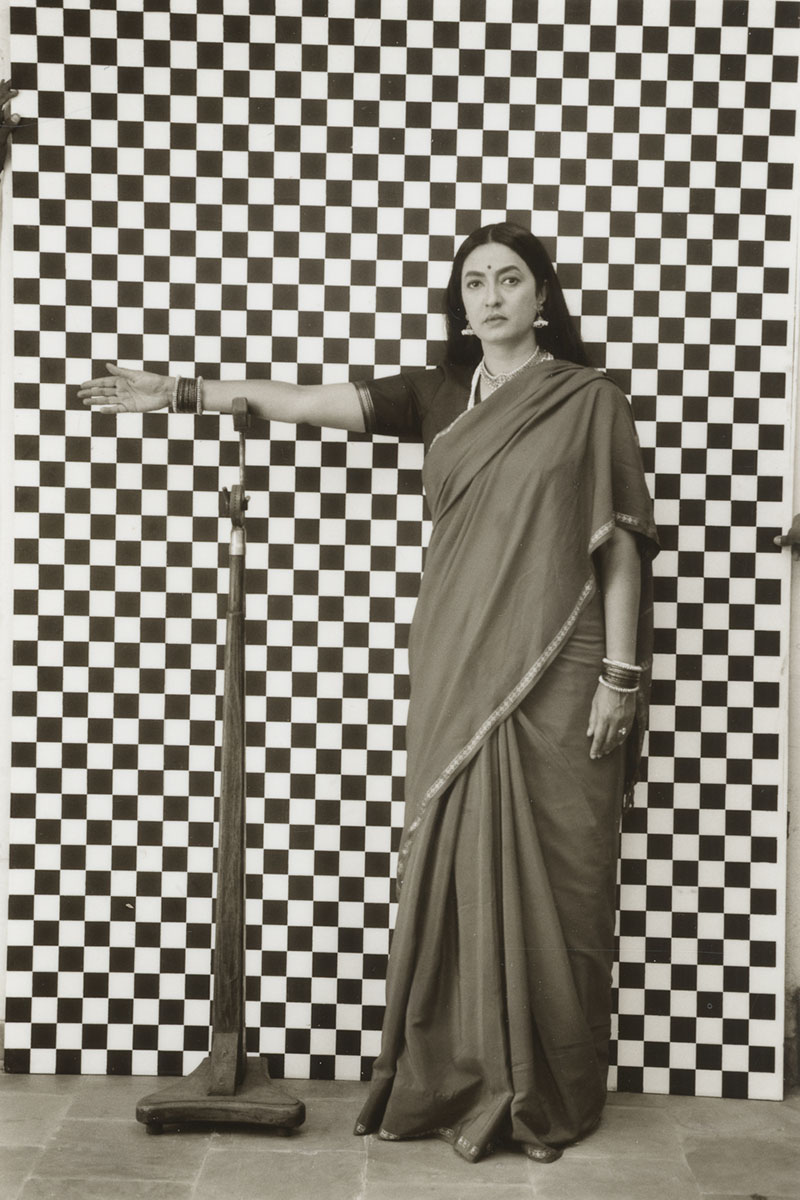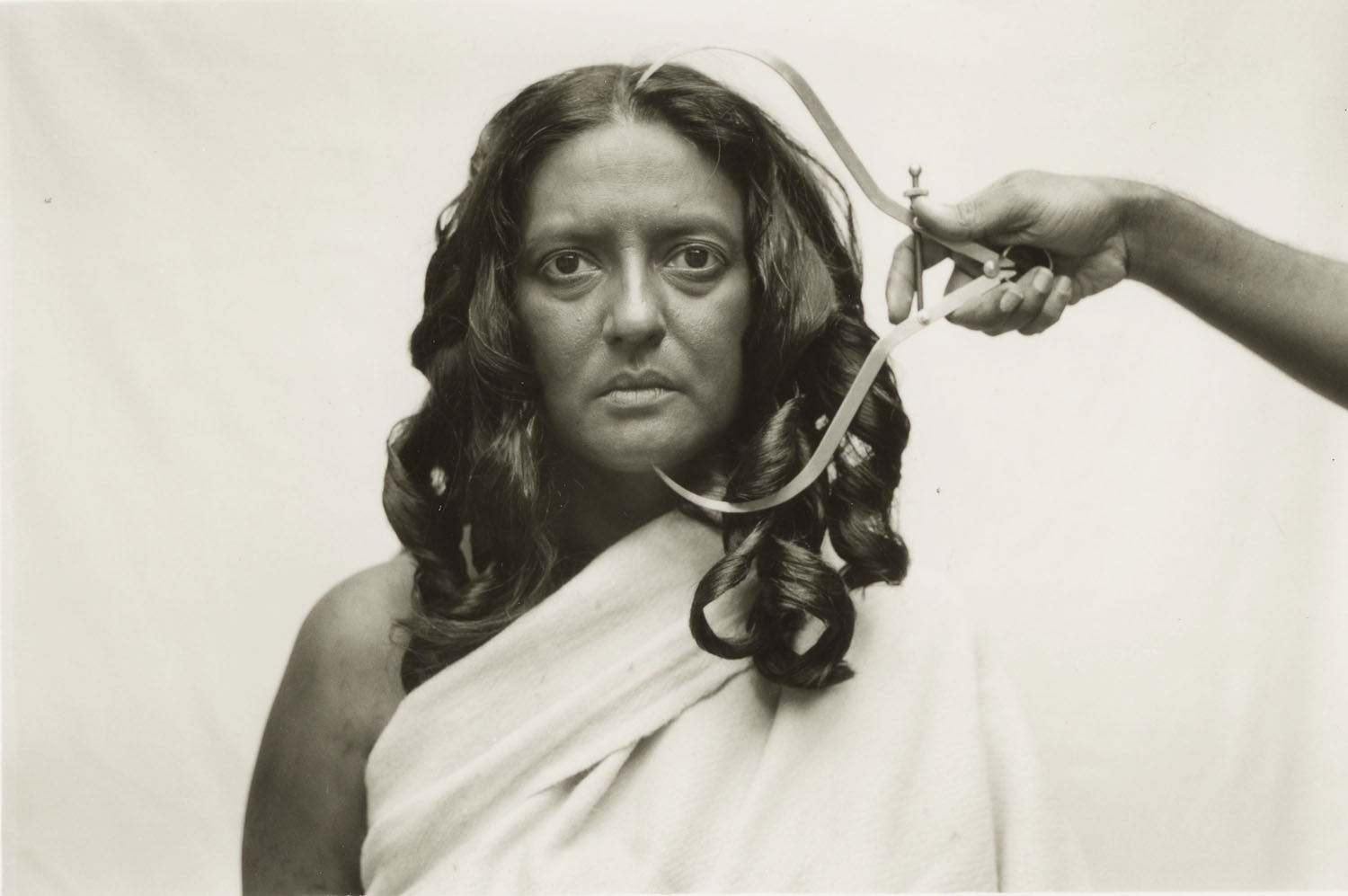ARTICLE
Pushpamala N
In Paris Autumn (2006), an experimental short film made in the style of a gothic thriller and composed of a rapid succession of still photos, Pushpamala revisited the sixteenth-century narrative of Gabrielle d’ Estrées — mistress of Henry IV and former owner of the mansion on whose grounds Pushpamala lived during a residency in Paris in 2005. Here as well, she experiments with the autobiographical mode, interrupting official and historical records by depicting visitations, apparitions and a hysterical woman. The images are replete with violence and religious bigotry, connecting the French Reformation to the contemporary experience of urban violence in the streets of Paris.
Pushpamala’s work has been exhibited widely, including at the National Gallery of Modern Art, New Delhi (1995); Tate Modern, London (2001); Kochi-Muziris Biennale (2014); Colombo Art Biennale (2016); Queensland Art Gallery, Brisbane (2017); Chobi Mela IX, Dhaka (2017); and FotoFest 2018 Biennial, Houston. She also curated the Chennai Photo Biennale in 2016 and 2019, and held a series of lectures on Indian art and art history in 1998–99 and 2010–14. She received the National Award in 1984, the Charles Wallace Trust Fellowship in 1992–93 and the Senior Fellowship by the Indian Ministry of Human Resource Development in 1995–97.
At the time of writing, Pushpamala lives and works out of Bengaluru.
Bibliography
Our website is currently undergoing maintenance and re-design, due to which we have had to take down some of our bibliographies. While these will be re-published shortly, you can request references for specific articles by writing to hellomapacademy@map-india.org.








